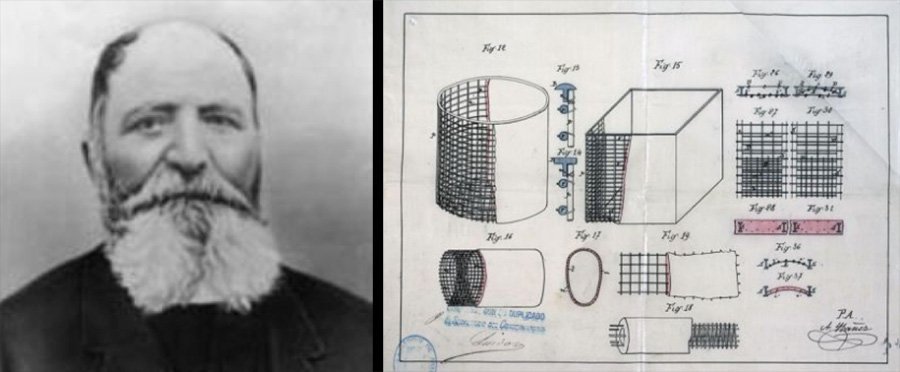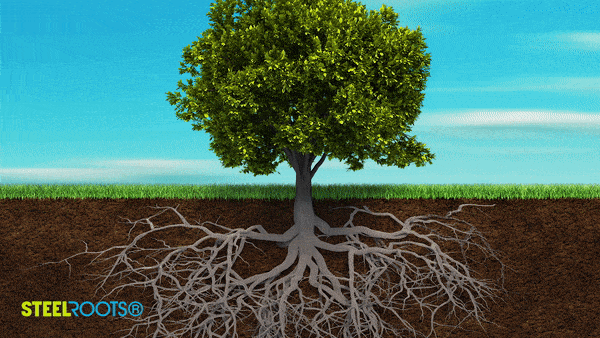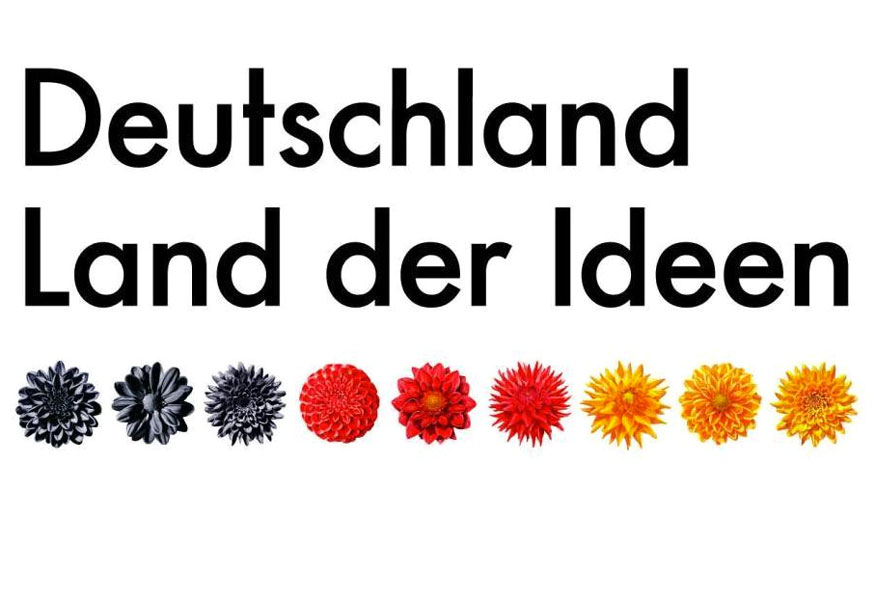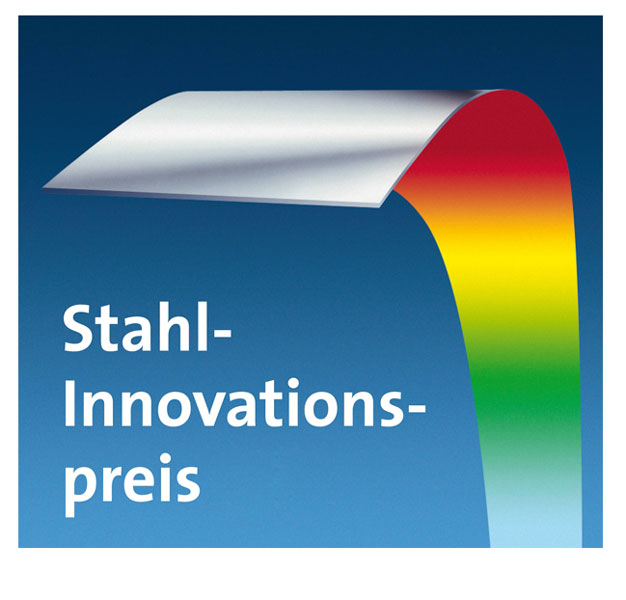Concrete vs. 
Concrete is a very old building material which the Romans used for building their port facilities. This building material made of lime and volcanic ash was a very advanced and durable building material even at that time, but still fell into oblivion.
STEEL-ROOT®, on the other hand, are concreteless foundations that can be used to build any structure in a way that protects nature and is economical.
Concrete

It was not until 1867 that the French gardener, Joseph Monier, rediscovered concrete for the production of his plant pots, which, however, only became stable and load-bearing (reinforcement rods) through the installation of steel inserts (reinforced concrete).
Portland cement is used for modern concrete, and the production of this cement causes large quantities of harmful carbon dioxide due to the very high temperatures of 1450° C. Cement is one of the most energy-intensive raw materials and, with its production-related emissions, contributes to significant environmental pollution worldwide.

A very illustrative example showing how structures and statics occur in nature is a tree. Even with very large trunk diameters, the heavy weight of this tree is based on roots running diagonally downwards and providing a secure hold even under heavy wind loads.
Peter Kellner's endeavour to use nature and its unsurpassable abilities as a model to replace concrete and its numerous disadvantages with its steel root in the field of building foundations marked the beginning of an exciting, technically significant development.
The advantages of a concreteless  foundation
foundation
With the successful development in structural steel construction with filigree forms and the very detailed proof possibilities of statics, the long way of Joseph Monier, with his inventions and first patents in the application of concrete, steadily and inexorably led to Peter Kellner with his patented constructions to avoid concrete, from the smallest steel root to the largest STEEL-ROOT® foundation.
The STEEL-ROOT® differ from a conventional concrete foundation in essential points:
- no loss of time due to shuttering and stripping, reinforcement, concreting, curing
- economical
- no removal of excess excavated material (the excavated material is completely backfilled)
- even with groundwater it is an extremely interesting and safe foundation variant
- low weight with filigree structure
- value-preserving structure
- no ground sealing
 in a plant pot
in a plant pot
To close the symbolic circle and to come back to the gardener Monier in modern times, Peter Kellner has also dealt with special plant pots, although he did not look at them on as such only, but according to the motto "the content matters" he sees these visually appealing plant pots as the appealing coating of a STEEL-ROOT® foundation.
As with Joseph Monier, Peter Kellner's idea of the plant pot was just the beginning. Monier built water tanks, stairs and also smaller bridges with foundations in concrete. Durability, freedom from cracks and environmental compatibility were not his main considerations. Nowadays, Peter Kellner's foundations can be used almost anywhere where conventional concrete foundations were previously used.



